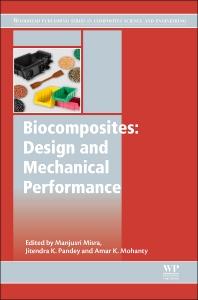Definition
Mechanical performance:
Generally, the mechanical properties of metals are divided into ten:
1. Brittle brittleness means materials There is no characteristic of plastic deformation prior to damage. It is opposite to toughness and plasticity. The brittle material has no yield point, with breaking strength and ultimate strength, and both almost. Cast iron, ceramics, concrete and stone are both brittle materials. Compared with many other engineering materials, the performance of brittle materials in stretching is weak, and the brittle materials are usually evaluated using a compression test.
2. Strength: The metal material resists permanent deformation or fracture under static load. At the same time, it can also be defined as a proportional limit, yield strength, break strength or limit intensity. No exact single parameter can accurately define this feature. Because the behavior of metals varies with the variation of stress species and its application forms. The intensity is a very common term.
3. Plastic: Metal material produces permanent deformation under load, and does not damage it. Plastic deformation occurs over the stress of the metal material exceeds the elastic limit and the load removal is removed, and the material retains a part or Deformation at all loads.
4. Hardness: The surface resistance of the metal material is compressed than his harder object
5. Toughness: metal material resistance to the shock load The ability to destroy. Toughness refers to the characteristics of a plastic deformation before the fracture of the metal material is in the action of the fracture stress. Gold, aluminum, copper is tough material, which is easily pulled into a wire.
6. Fatigue strength: Material parts and structural parts for fatigue damage resistance
7. Elastic elasticity means that when the metal material disappears, the material can restore the original size. Features. Steel is elastic before reaching the resilient limit.8. Demonstrative ductility means that the material is characterized by a certain plastic deformation before the material is broken under the action of the stress or compression stress. Plastic materials generally use rolling and forging processes. Steels are both plastic and have durable.

9. Rigid rigidity is the characteristic of the metal material to withstand higher stress without a large strain. The size of the rigidity is evaluated by measuring the elastic modulus of the material.
10. Yield point or yield stress yield point or yield stress is the stress level of the metal, with an MPA metric. In the yield point, when the foreign load is removed, the deformation of the metal still exists, and the metal material has plastic deformation.
Japanese Name: Mechanical properties
Mechanical performance test method
★ GB2649-1989 welded joint mechanical performance test Sampling method
★ GB2650-1989 Welding joint impact test method
★ GB2651-1989 welded joint tensile test method
★ GB2652-1989 weld and weld metal tensile test method
★ GB2653-1989 Welded joint bending and flattening test method
★ GB2654-1989 welding joint and surfacing metal hardness test method
★ GB2655-1989 welded joint strain time efficiency Sensitivity test method
★ GB2656-1981 Fatigue test method for welded joint and weld metal
★ GB11363-1989 釺 welding joint strength test method
★ GB8619-1989 Sewing intensity test method
Performance indicators
include: elastic indicators, hardness indicators, strength indicators, plastic indicators, toughness indicators, fatigue properties, fracture toughness
